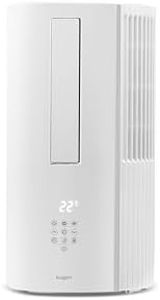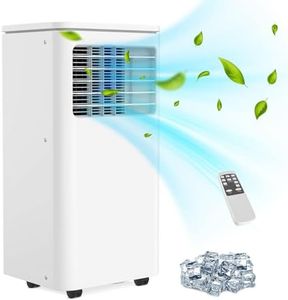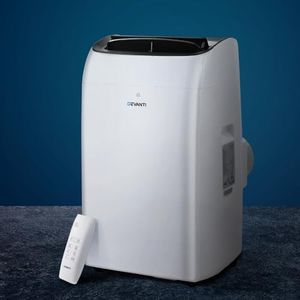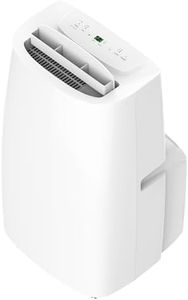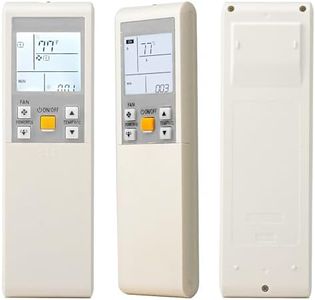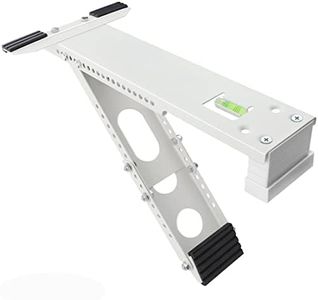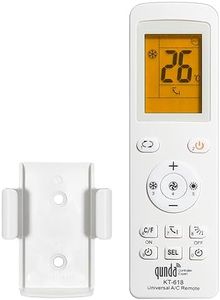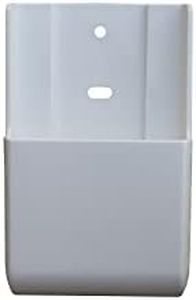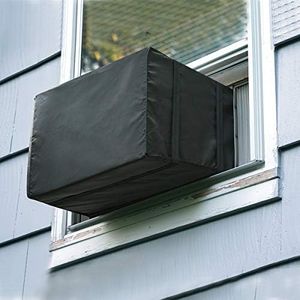We Use CookiesWe use cookies to enhance the security, performance,
functionality and for analytical and promotional activities. By continuing to browse this site you
are agreeing to our privacy policy
10 Best Window Acs
From leading brands and best sellers available on the web.Buying Guide for the Best Window Acs
Choosing the best window air conditioner (AC) can make a huge difference in how comfortable your home feels during hot weather. These appliances are designed to cool a single room or space, and there’s a wide variety available, catering to different room sizes, installation needs, and features. When shopping, understanding what matters most in day-to-day use will help you pick a model that works best for your living situation.Cooling Capacity (BTU)Cooling capacity is measured in British Thermal Units (BTU) per hour and tells you how powerful the AC is. The higher this number, the larger the room the AC can handle. Smaller rooms (100-250 sq ft) typically need units in the 5,000-6,000 BTU range, medium rooms (250-400 sq ft) need 7,000-10,000 BTU, and larger spaces require units above 12,000 BTU. Choosing the right capacity is important because an underpowered AC won’t cool effectively, while an oversized one may cool too quickly without removing enough humidity. To pick the right size, measure your room and align it with the appropriate BTU segment.
Energy Efficiency Ratio (EER/CEER)Energy efficiency reflects how much cooling the AC gives for the electricity used. EER (and the newer CEER) numbers give you an idea of efficiency: the higher the number, the less energy the unit uses to provide the same cooling. Simple units might have an EER of 8-10, while high-efficiency models will rate above 11 or more. If you’re concerned about energy bills or run your AC for long periods, look for higher EER ratings.
Noise LevelNoise level, measured in decibels (dB), determines how loud the unit is when operating. Lower numbers mean quieter models, which is important if the AC will be used in bedrooms, offices, or quiet spaces. Typical noise levels range from 40 dB (very quiet) to 60 dB (noisier). If you’re sensitive to sound or plan to sleep near the AC, choose a model on the lower end of the spectrum.
Installation RequirementsWindow ACs require proper fitting into a window, and not all windows are the same. Some units are made for standard double-hung windows, while others can fit sliding or casement windows. The dimensions and depth of the unit also matter—measuring your window opening before shopping is essential. If your window has special features, like screens or grills, make sure the AC you choose is compatible or can be safely installed.
Controls and FeaturesModern window ACs may come with digital displays, remote controls, smart connectivity (Wi-Fi/app), timers, and sleep modes. These features can improve convenience and comfort, allowing easy adjustment of temperature and settings. If convenience or automation are important for you, look for units with the features that fit your lifestyle. Some people prefer simple manual controls, while others might want smart integration with their home system.
Air Direction and FiltrationThe ability to direct cold air and filter dust is useful for comfort and indoor air quality. Units with multi-directional vents can better spread cool air around the room, preventing cold spots. Washable or replaceable filters make maintenance easier and help keep the air clean. If you have allergies or want fresher air, check for enhanced or HEPA-type filtration options.
Drainage and MaintenanceDraining condensation and cleaning filters are ongoing tasks with window ACs. Some models evaporate moisture automatically, while others need manual draining. Easy-to-access filters and clear maintenance instructions make ownership hassle-free. Consider how much time you want to spend on upkeep and choose features that match your ability or patience for regular maintenance.
